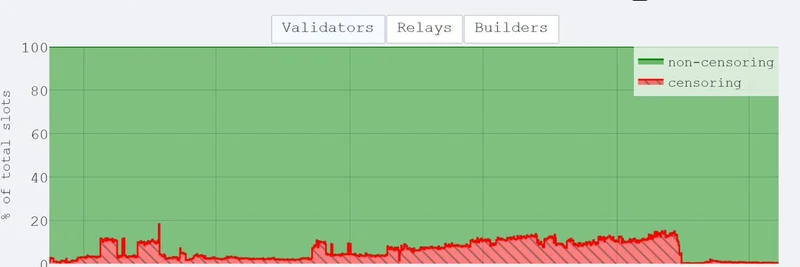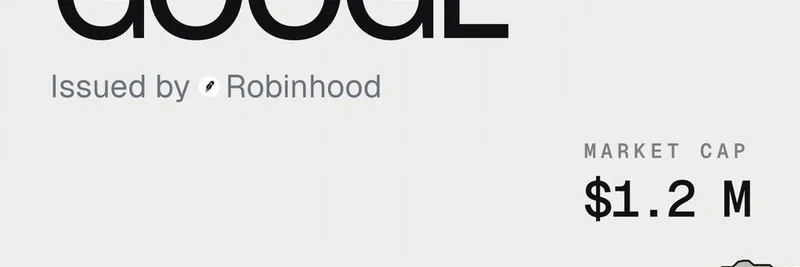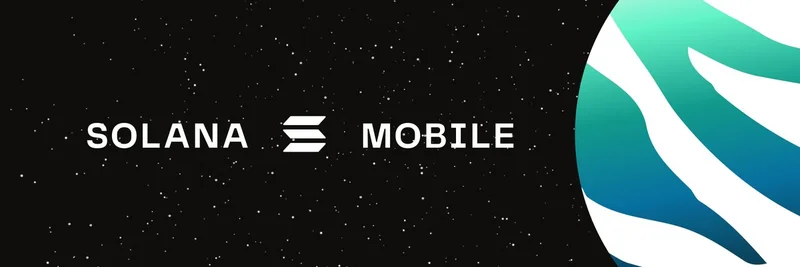Hey there, meme enthusiasts! If you're deep into the world of meme tokens on Ethereum, you've probably heard whispers about "censorship" in the blockchain space. But what does it really mean, and why should you care? A recent tweet from Luis Bezzenberger, a key player at Shutter Network, sheds light on this topic, quoting a positive update from Everstake while reminding us that the fight for true freedom isn't over. Let's break it down in simple terms and see how it ties into your favorite dog coins and viral tokens.
First off, what's censorship in the context of Ethereum? Think of it like this: Ethereum runs on a network of validators—folks or entities that confirm transactions and add them to the blockchain. Sometimes, due to regulations or other pressures, these validators might choose not to include certain transactions, especially those linked to sanctioned addresses or controversial activities. This is called "censorship," and it's been a hot-button issue since Ethereum shifted to proof-of-stake.
The good news? According to a post by @eth_everstake, Ethereum censorship by validators has plummeted to near-zero levels—the lowest in years. They shared a handy chart showing this trend:
As you can see, the red area (censoring slots) has shrunk dramatically since early 2023, with non-censoring (green) dominating the scene by mid-2025. This suggests the network is healthier and more inclusive right now.
But here's where Bezzenberger chimes in with a reality check in his tweet: "Regulatory conditions may be favourable in the US today, reducing domestic pressure to censor. But that doesn’t eliminate the underlying global threat of censorship. You don't need censorship resistance. Until you do."
Oof, that's a mic-drop moment. He's pointing out that while things look peachy in the US due to friendlier regs, global pressures could flip the script anytime. And in crypto history, as a reply to his tweet notes, claims of "we’re safe here" often don't age well.
Why This Matters for Meme Tokens
Meme tokens like Dogecoin derivatives or the latest Solana pumps (wait, we're talking ETH here, but many memes live on Ethereum Layer 2s) rely on fast, unrestricted trading. Imagine launching a new meme coin only to have your transactions delayed or blocked because a validator deems it risky. Censorship could kill the viral momentum that makes memes explode.
For blockchain practitioners dipping into memes, this highlights the importance of projects pushing for censorship resistance. Take Shutter Network, where Bezzenberger works—they use threshold encryption to promote "base layer neutrality" and ensure information symmetry. In plain English, it's tech that helps prevent any single party from controlling or censoring the flow of data on the blockchain.
If you're building or trading meme tokens, keep an eye on these developments. A censorship-free Ethereum means smoother pumps, fairer launches, and less worry about big brother interfering. But as Bezzenberger warns, complacency isn't an option—stay vigilant and support tools that bolster resistance.
What do you think? Is Ethereum truly censorship-proof now, or are we just in a lull? Drop your thoughts in the comments, and check out more crypto insights on Meme Insider to level up your game.




